Britain & Ireland
What was it about industrialisation that led to the emergence of a woman’s movement in Victorian Britain? Why do we see so many people fighting for so many rights and liberties in this period and what are the origins of some of the issues we still campaign on today? This section includes our major series on Social and Political Change in the UK from 1800 to the present day. There are also articles and podcasts on the often violent relationship between England and Ireland during this period and England’s changing relationship with Scotland and Wales. Read more
Sort by:
Date (Newest first) | Title A-Z
Show:
All |
Articles |
Podcasts |
Multipage Articles
-

My Favourite History Place: Keswick
ArticleClick to view -
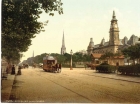
My Favourite History Place: Lord Street, Southport
ArticleClick to view -
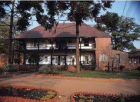
My Favourite History Place: Mandala House
ArticleClick to view -

My Favourite History Place: Queen Square, Bath
ArticleClick to view -

My Favourite History Place: St James Church, Gerrards Cross
ArticleClick to view -

My Favourite History Place: The Chantry Chapel of St Mary on Wakefield Bridge
ArticleClick to view -

My Favourite History Place: The Holburne Museum
ArticleClick to view -

My Favourite History Place: The Red House
ArticleClick to view -
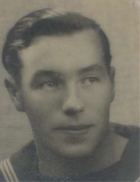
My grandfather's recollections of the invasion of Normandy
ArticleClick to view -

My great-grandfather and the Italian Campaign
ArticleClick to view -

Neville Chamberlain: Villain or Hero?
ArticleClick to view -
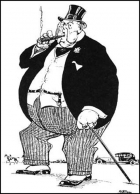
Newcastle and the General Strike 1926
ArticleClick to view -

Nineteenth Century African chiefs in Nuneaton: A local mystery uncovered
ArticleClick to view -
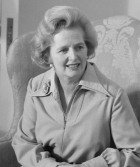
Obituaries: the first verdict in history
ArticleClick to view -

Obituary: Asa Briggs 1921-2016
ArticleClick to view -

Ofsted and History in Schools
ArticleClick to view -

On Black Lives Matter
ArticleClick to view -

Opinion: Who was ‘the man of his time’?
ArticleClick to view -

Oscar Wilde: the myth of martydom
ArticleClick to view -

Out and About in Derry/Londonderry
ArticleClick to view

